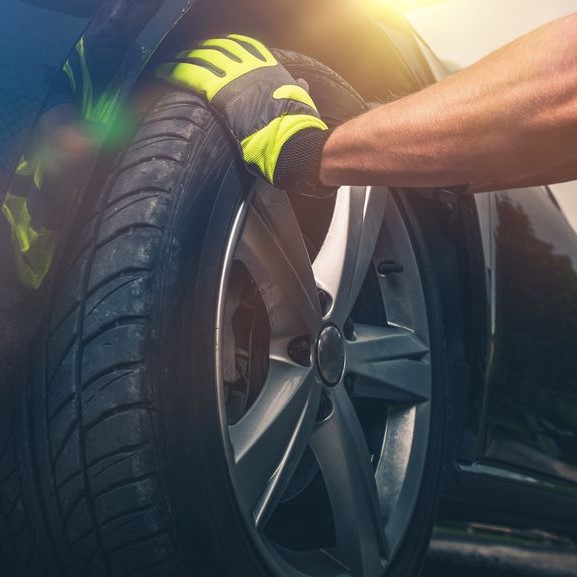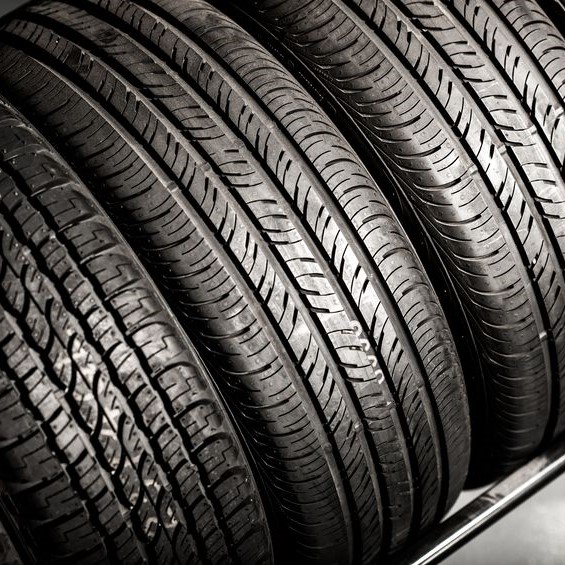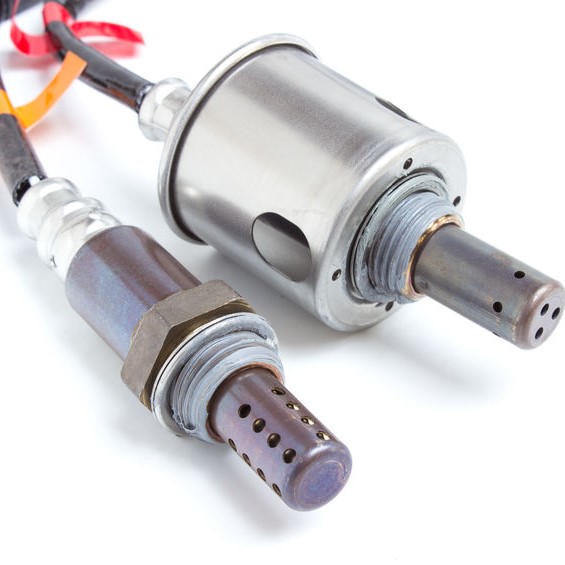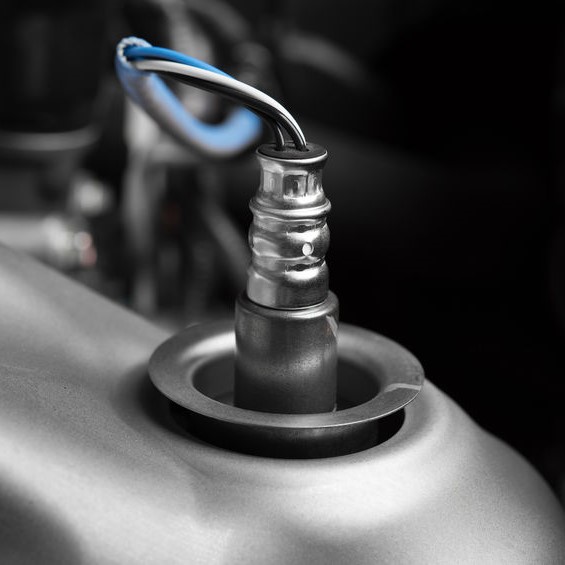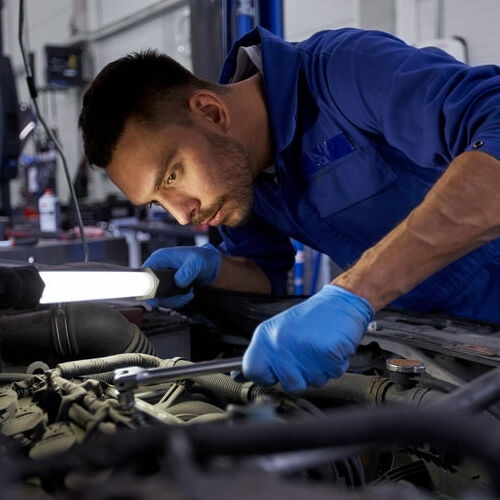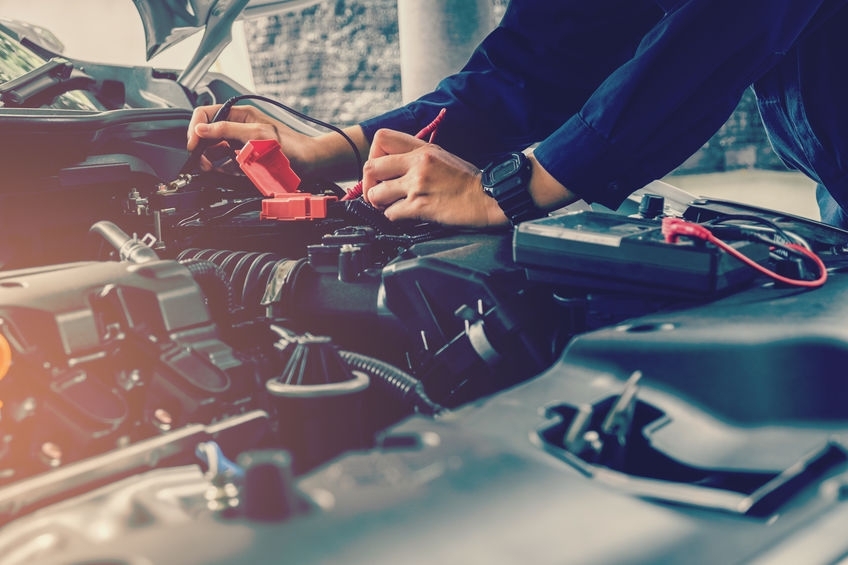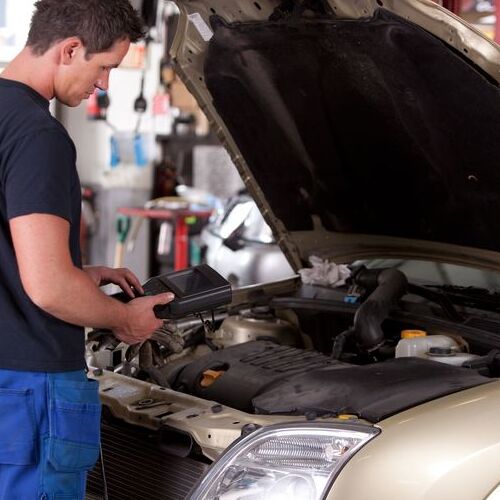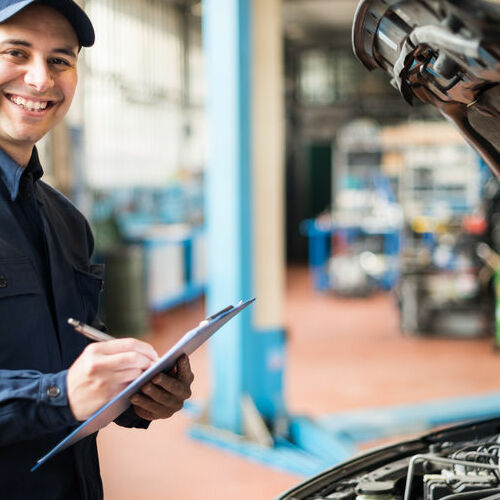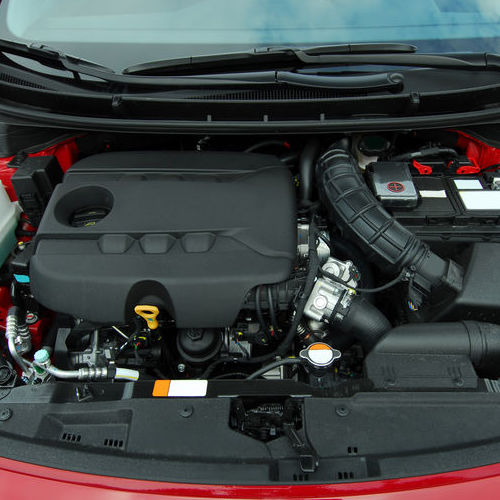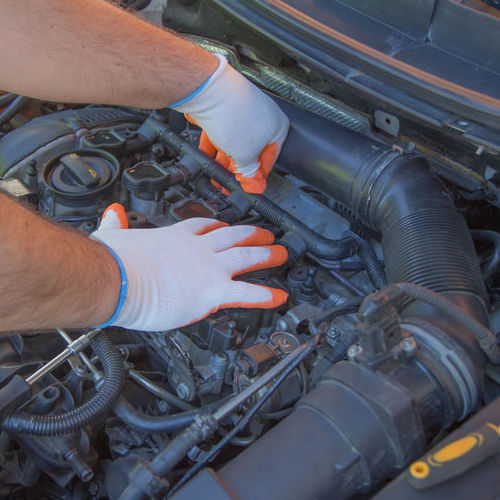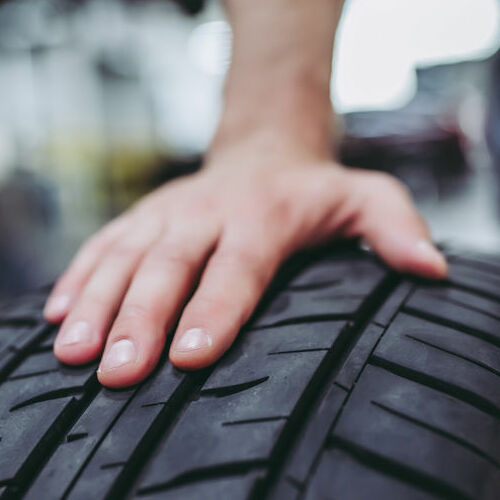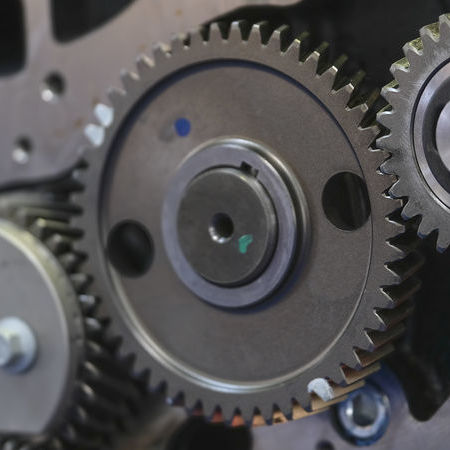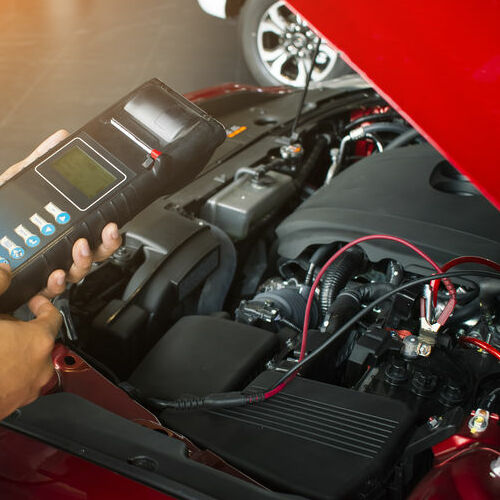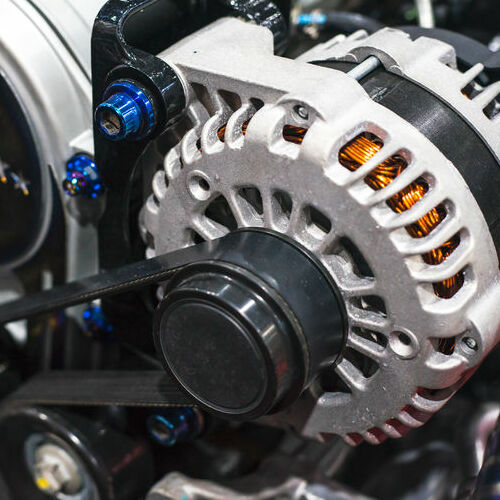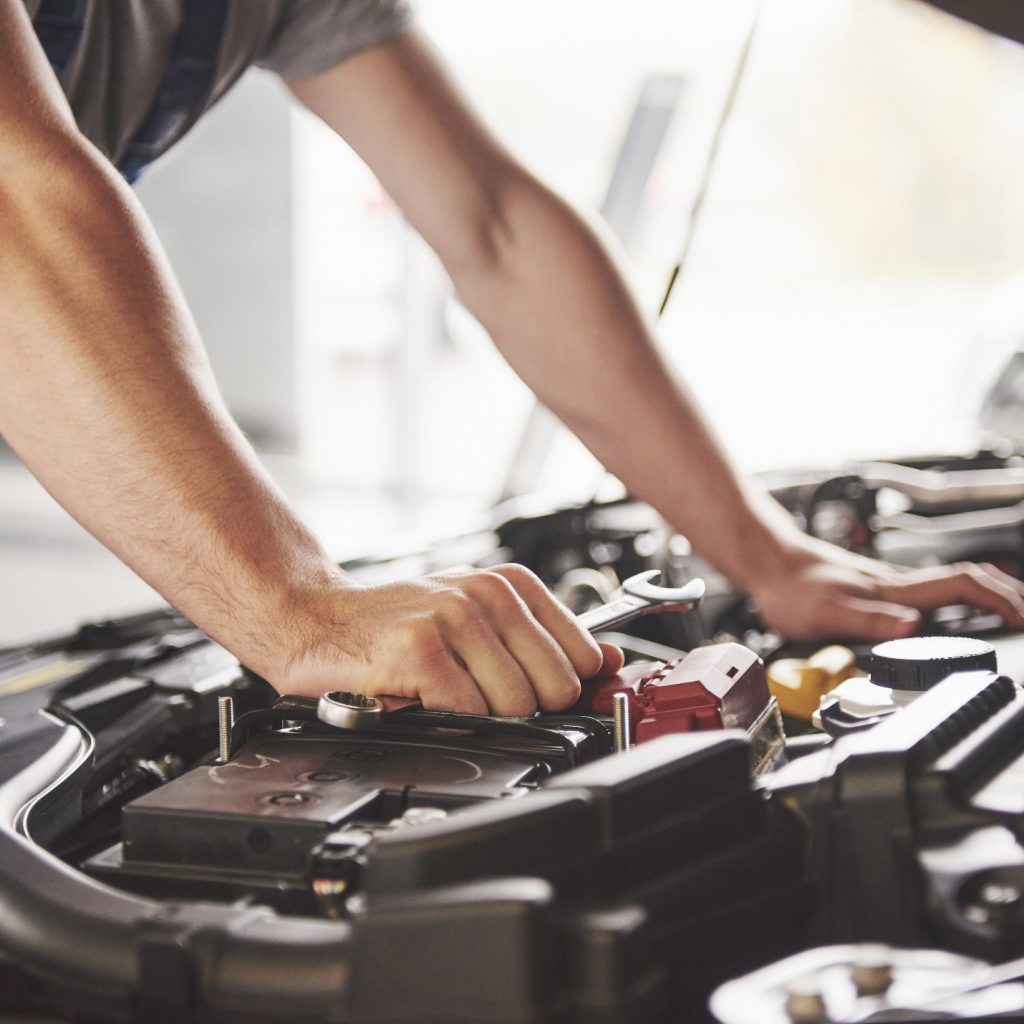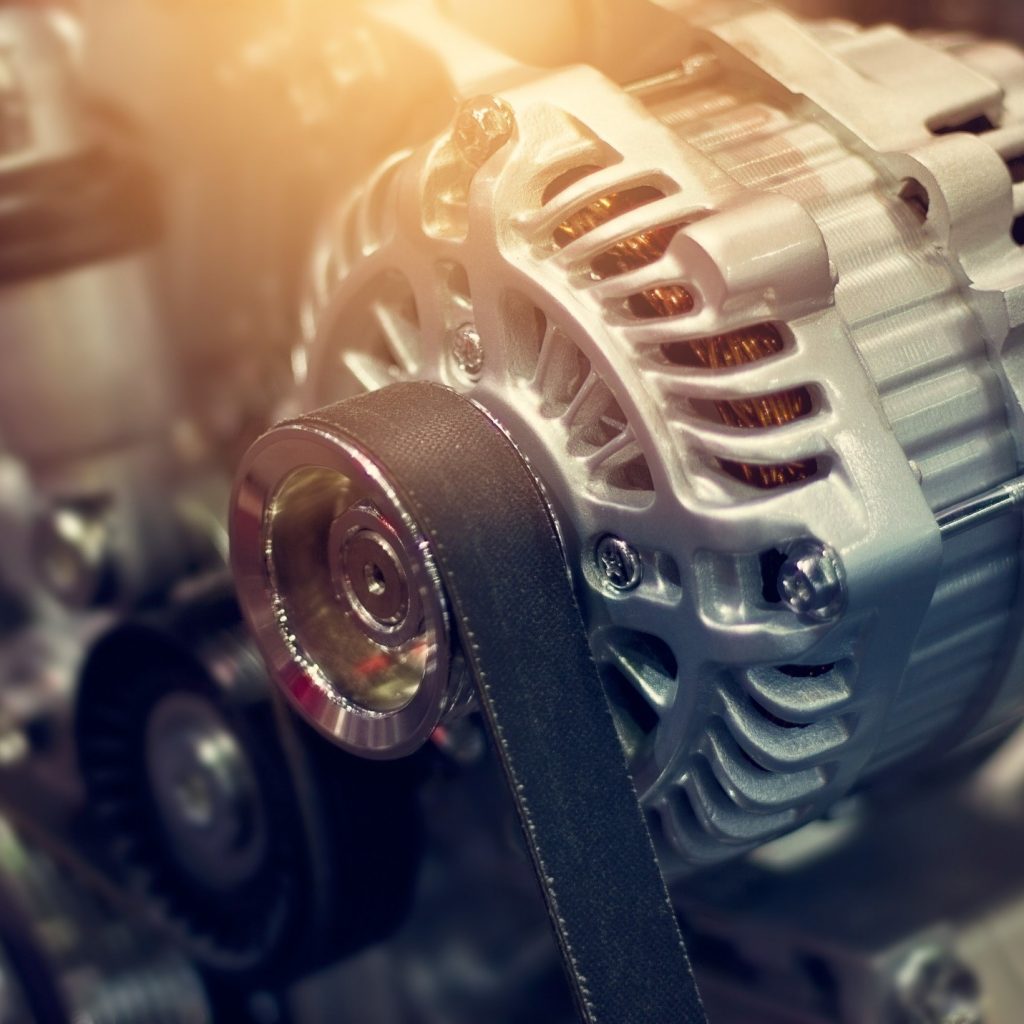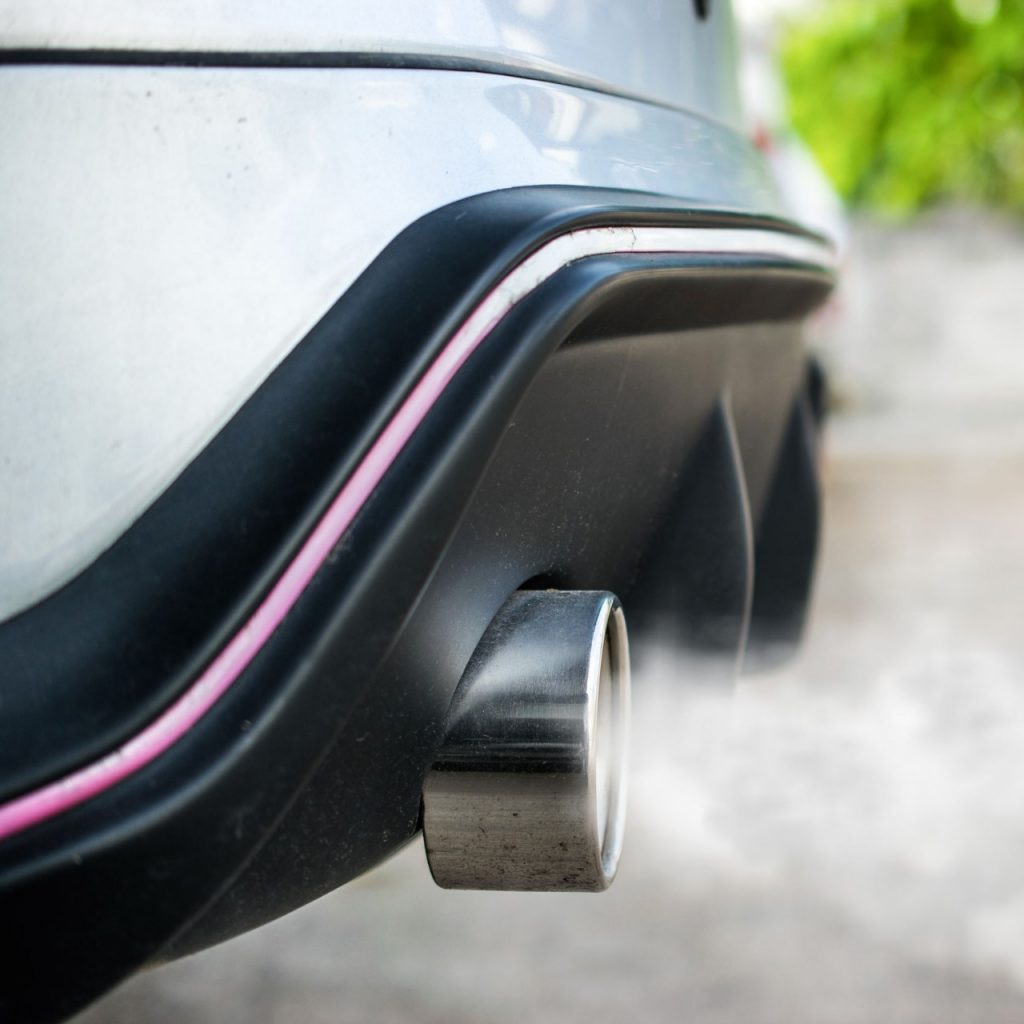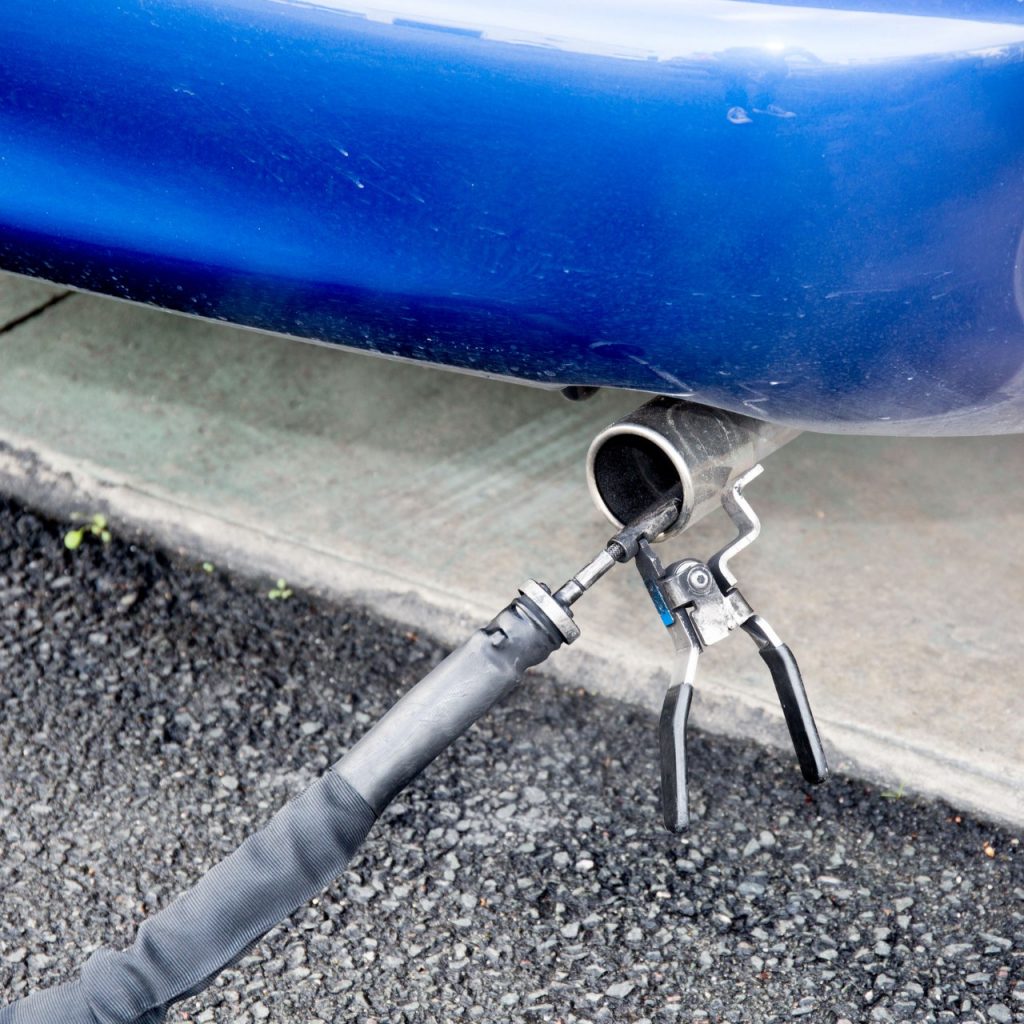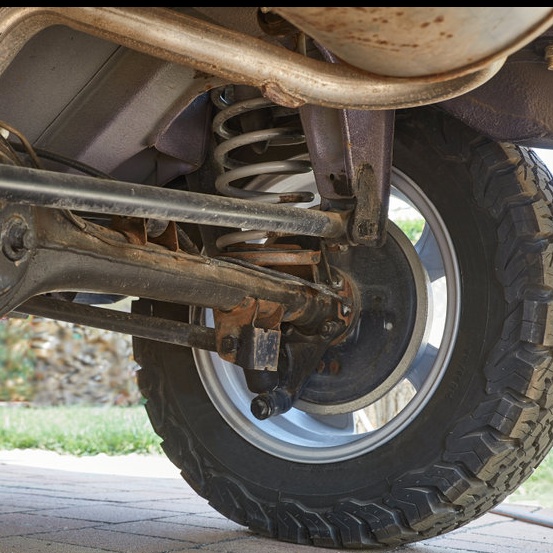
What happens if your car suspension is bad?
While the motor and the transmission make your car move, and the wheels and tires let it roll, it is the suspension that keeps it on the road. It is important to keep car suspension maintenance done and have any suspension repair needed completed as soon as possible. Bad suspension can cause you to lose control of your car and wreck.
Every vehicle of any make or model has a suspension. The parts involved in a suspension are too numerous to list here, but the ride you get in a vehicle is affected by the suspension. It keeps the car up off the tires and ground, suspension helps a car make turns, helps it to stop.
Like other parts on car, the suspension wears out, thus needing suspension repair is always possible. Once the suspension begins wearing out, it won’t perform like it has been. Examples of what you’ll notice when suspension repairs are needed are:
- Flat tires: Yes, the tires on your car are part of the suspension system. If suspension repairs are ignored, it can destroy the tires and wheels, leaving you with a flat tire, or even multiple flat tires.
- Broken wheels: You’ll notice the wheels on your car are broke because your car won’t move without all four wheels in good condition. However, you may have a cracked wheel that you won’t notice until it finishes breaking as you drive down the road. Or you’re lucky, the oil change technician will tell you there is a cracked wheel and suspension repair is needed.
- Broken shocks and struts: Your car has either shocks or struts are critical in providing you a comfortable ride. When they are worn out, your car will dive when you stop, squat when you accelerate, and controlling your vehicle will become a challenge.
- Broken springs: Broken spring under your car will make the ride uncomfortable and affect your ability to control the car around corners and when stopping.
- Broken steering linkage: This can be a ball joint, or a tie rod end, and either one will make steering your car a risk.
- Broken sway bar: The sway bar keeps your car from swaying, but it typically doesn’t require immediate suspension repair when it breaks or gets weak.
- Power steering: The powers steering in your car is either electric or hydraulic. This can wear out and fail to function, making it difficult to steer your car and turn corners. This is one suspension repair you don’t want to put off any longer than you have to.
What causes bad suspension?
A lot of car with suspension issues are caused by driver abuse and neglect. If you are a person that hits potholes without trying to go around them or slowing down as you go through them, that will eventually cause the need for suspension repair. Slow down for potholes and speed bumps are crucial in keeping your car suspension in good condition. We can’t control road conditions, but we can control how we drive over the roads.
How long does a car suspension last?
Car suspension basics, if you drive around or slow down for potholes and speed bumps, your car suspension should last no less than60,000 miles, some can last up to 100,000 miles. Driving habits and maintenance are key in making your car suspension last as long as possible.
Can you drive a car with bad suspension?
Can you walk with a broken leg? Yes, you can, but it is not recommended! The same is true in driving a car that needs suspension repairs. The car will be unbalanced and unstable, making it difficult, even impossible in the right situation, to control and steer your car.
In addition to the car’s suspension system providing safe driving conditions, the comfort of the ride is affected by poor suspension too. Damage and worn suspension, repairs or replacement should be done promptly.
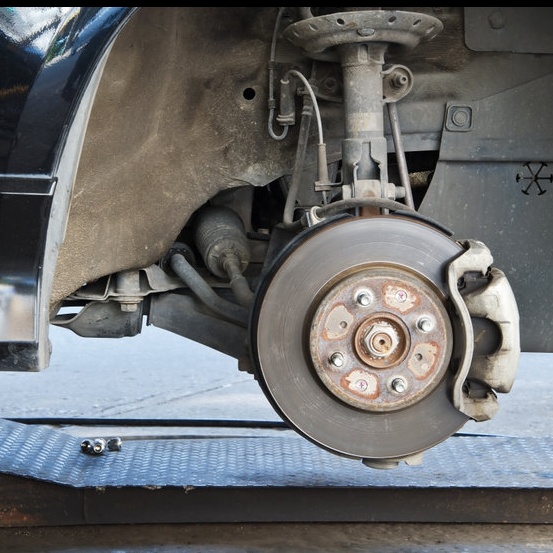
Why is my car suspension squeaking?
A car’s front end will squeak usually because it need lubricating. This can often happen after driving in the rain, especially if you’ve driven through some deep puddles. A front end will also start squeaking when the parts are wearing out.
Have your car suspension checked out by an experienced mechanic. They will inspect the suspension and note if any suspension repairs are needed. If not, they will grease the fittings where needed.
Never ignore your car’s suspension. Repairs are important to keep your car safe and sound while driving. There are mechanics that will do a quick inspection for free, but even a small charge is worth knowing that you are driving a car that is safe and roadworthy. If your mechanic finds an issue with your car’s suspension, have it repaired then or as soon as possible. Call 949-583-0811 today for your car suspension repair in Mission Viejo, CA.
